The Congressional Bathtubs
The man proceeds along the warm marble floor to the gigantic basin called a bath tub. It is a solid block of whitest marble, voluptuously curved into a bath, and fitted with gleaming silver faucets, through which gushes filtered hot or cold water. The attendant looks after the water supply, produces a fresh cake of expensive soap for the bather…the scent of attar of roses, and the soft delight of fluffy blankets and towels on a downy couch lull him to sleep. He is never disturbed.
–The Washington Post, August 26, 1906[1]
Despite what you might think, “the man,” is not in the ancient baths of Greece or Rome. Rather, this elaborate scene actually takes place much closer to home—right in the basement of the U.S. Capitol Building. There, six bathtubs, hand-carved from Italian Carrara marble, once stood and were a popular attraction for Congressmen and visitors alike.
The concept for the Congressional bathtubs came from the Congressmen themselves, as the new Senate Wing construction project was nearing an end in 1858. During the construction, Senator James Pearce of Maryland approached engineer Montgomery Meigs to say that “he and thirteen other Senators [thought] it desirable that…a few bathing tubs should be provided.”[2] This peculiar request likely wouldn’t have seemed as out of the ordinary then, as it might now. In fact, the suggestion was a rather practical one.
At this time, most senators lived in Washington boarding houses, which typically offered primitive bathing facilities.[3] In fact, running water was only just beginning to enter the District with the new Washington Aqueduct construction project underway but not yet complete. Once finished, the new aqueduct would bring running water to homes and businesses, thereby improving the standard of living in D.C. tremendously. But, up to that point, bathing was a somewhat complicated endeavor.
Taking Pearce’s request to heart, Meigs ordered six large tubs, three for the Senate and three for the House. He ordered the tubs from Italy and installed them in the deeply hidden basement rooms “decorated with Minton floor tiles, ornamental plaster, and walnut panels that offered privacy to bathers.”[4] The tiles were a brilliant blue and gold, which stood out amongst the bright white marble. By 1860, the Capitol became one of the first recipients of the new Aqueduct’s services, rendering the tub installation complete as they were connected to water pipes by “brass spigots,” effortlessly bringing in hot or cold water.[5] This unprecedented technology was of great convenience to the Congressmen who would now be able to bathe in the Capitol Building free of charge once arriving at work.
To embark upon the Romanesque experience, members entered an elevator taking them to the bottommost floor of the Capitol. Upon exiting, they made their way down a “passage between the heavy foundations. [There] the air was warmer…Suddenly [the passage] turn[ed] at right angles into another short passage, where the thermometer register[ed] still higher. Another turn and another thermometric jump, and there [were] the bath-rooms."[6]
The glorious bathing rooms quickly became a popular spot for Congressman to relax and “plunge around.”[7] An early 1880s bath attendant told The Washington Post that Representative Acklen of Louisiana was among the most constant bathers; Acklen “bathed every day and generally every night during night sessions.”[8] Other Congressmen, while less frequent visitors, took advantage of the bathing room services regularly—whether that be a bath, a massage, a shave, or a warm Turkish towel.[9]
In addition to relaxation time and socializing, some Congressman even used the baths to get work done. An 1888 edition of The Evening Star remarked that “some of the older members [took] a bath as the last step in their preparation for making a speech. They write the speech, commit it to memory, take a bath and then deliver it.”[10]
Because of the exclusivity of the location and services of the baths, it may seem that they were widely unknown to the public, but this was generally not the case. Congressmen were allotted visitor’s passes for the baths, which they were welcome to lend to their visiting constituents or friends so that they too could get in a good scrub.[11] A young 1880s bath attendant remarked that there were periods of time when visitors frequented the baths even more than the members themselves.[12]
Visitors and Members alike used the tubs consistently from their opening in 1860 through the end of the 1880s. By that point, more Washington homes were equipped with modern plumbing technologies, thanks to the Aqueduct and the boom of public works projects started under Alexander Robey Shepherd. By 1890, most members of congress had baths in their own homes, causing the removal of all but two tubs. The two remaining tubs were eventually forgotten as they were buried behind temporary walls and machinery over time.[13]
A 1936 excavation project at the Capitol, however, revealed the once extravagant bathing rooms complete with sunken marble tubs. The laborers working on the project had no knowledge of the tubs upon finding them, which created the “Senate bathtub mystery.”[14] The mystery was solved soon after it began by 71-year-old Abraham Lincoln Goodall, a speech folder in the Capitol from 1880 to 1885.[15] He explained that the Congressmen not only used the tubs, but that he had once been given the opportunity to visit and use the baths as well, stating that he was “mighty pleased when the president pro tem of the Senate, David Davis, gave [him] a pass to the baths.”[16]
Unfortunately nothing has been done to restore the space since the tubs were found in 1936, and the historic bathing facilities are now a maintenance room.[17]While present-day tours of the Capitol don’t include a visit to the two remaining Senate tubs, they still lay deep below the Senate chamber as a reminder of a soapier legislative past.
Footnotes
- ^ AGNEWS, GEORGE ROBERT. 1906. “WHY CONGRESSMEN LIKE THEIR JOBS: Marble Palaces Being Built for Them, Where They Will Live Like Sybarites. Even in the Old Capitol the Member from Podunk Leads a Life of Luxury, with Flunkies to Look After His Creature Wants.” The Washington Post (1877-1922); Washington, D.C., August 26, 1906, sec. MAGAZINE SECTION. https://search.proquest.com/hnpwashingtonpost/docview/144665484/abstrac….
- ^ “U.S. Senate: Mystery of the Senate Bathtubs.” Accessed December 23, 2017. https://www.senate.gov/artandhistory/history/minute/Mystery_of_the_Sena….
- ^ Ibid.
- ^ “U.S. Senate: Mystery of the Senate Bathtubs.” Accessed December 23, 2017. https://www.senate.gov/artandhistory/history/minute/Mystery_of_the_Sena….
- ^ The Washington Post (1923-1954); Washington, D.C. 1936. “Senators Bathed in Roman Tubs Recently Dug Up, Says 1880 Aid.” August 22, 1936, sec. Local News Sports Classified Comics. https://search.proquest.com/hnpwashingtonpost/docview/150719480/abstrac….
- ^ Evening Star. 1888. “Congressional Cleanliness,” February 11, 1888. http://infoweb.newsbank.com/resources/doc/nb/image/v2%3A13D5DA85AE05A30….
- ^ The Washington Post (1877-1922); Washington, D.C. 1883. “DIRTY CONGRESSMEN: THE PROVISIONS ESTABLISHED FOR THEIR EXTERIOR RENOVATION.” September 9, 1883. https://search.proquest.com/hnpwashingtonpost/docview/137854984/abstrac….
- ^ Ibid.
- ^ AGNEWS, GEORGE ROBERT. 1906. “WHY CONGRESSMEN LIKE THEIR JOBS: Marble Palaces Being Built for Them, Where They Will Live Like Sybarites. Even in the Old Capitol the Member from Podunk Leads a Life of Luxury, with Flunkies to Look After His Creature Wants.” The Washington Post (1877-1922); Washington, D.C., August 26, 1906, sec. MAGAZINE SECTION.
- ^ Evening Star. 1888. “Congressional Cleanliness,” February 11, 1888. http://infoweb.newsbank.com/resources/doc/nb/image/v2%3A13D5DA85AE05A30….
- ^ Ibid.
- ^ The Washington Post (1877-1922); Washington, D.C. 1883. “DIRTY CONGRESSMEN: THE PROVISIONS ESTABLISHED FOR THEIR EXTERIOR RENOVATION.” September 9, 1883. https://search.proquest.com/hnpwashingtonpost/docview/137854984/abstrac….
- ^ “U.S. Senate: Mystery of the Senate Bathtubs.” Accessed December 23, 2017. https://www.senate.gov/artandhistory/history/minute/Mystery_of_the_Sena….
- ^ The Washington Post (1923-1954); Washington, D.C. 1936. “Senators Bathed in Roman Tubs Recently Dug Up, Says 1880 Aid.” August 22, 1936, sec. Local News Sports Classified Comics. https://search.proquest.com/hnpwashingtonpost/docview/150719480/abstrac….
- ^ The Senate Folding Room contained "thousands of volumes of Senate records including congressional records, agriculture yearbooks, senatorial eulogies, I.C.C. reports and books on horses and cattle" (Ewing, Harris &. n.d. “Watchdog of Senate Folding Room Has ‘crop Control’ of Own." Washington, D.C., Dec. 3." Still image. Accessed January 23, 2018. //www.loc.gov/pictures/item/hec2009012218/); Ibid.
- ^ Ibid.
- ^ “The Bathtubs or the Boiler Room.” 2012. 99% Invisible. February 26, 2012. https://99percentinvisible.org/episode/episode-48-the-bathtubs-or-the-b…


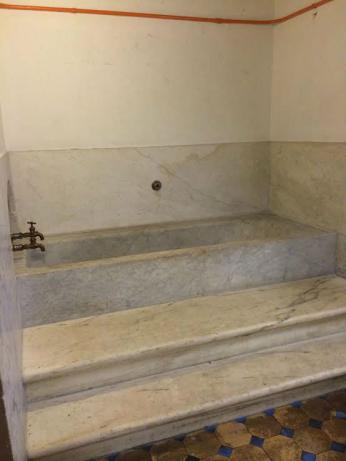
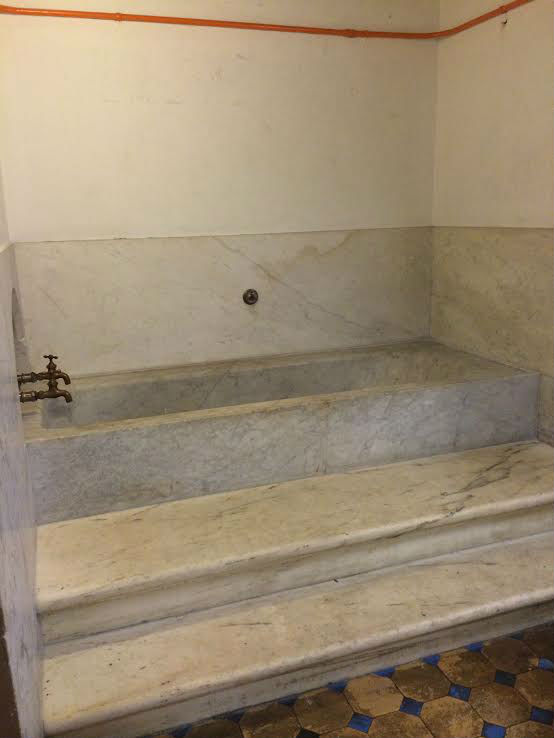
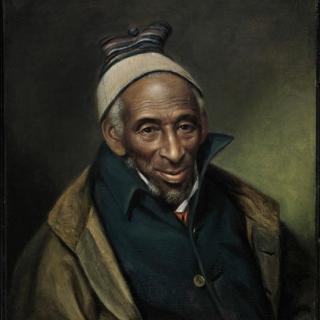
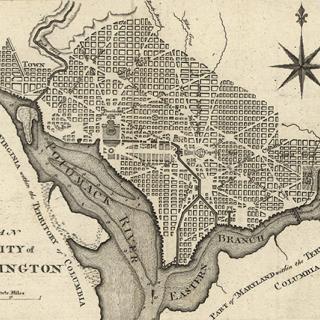
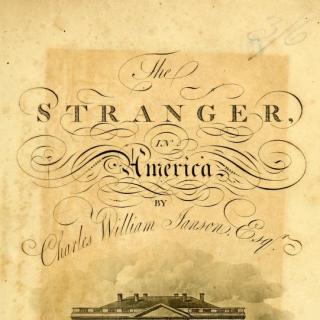
![Sketch of the mythical fuan by Pearson Scott Foresman. [Source: Wikipedia]](/sites/default/files/styles/crop_320x320/public/2023-10/Goatman_Wikipedia_Faun_2_%28PSF%29.png?h=64a074ff&itok=C9Qh-PE1)












